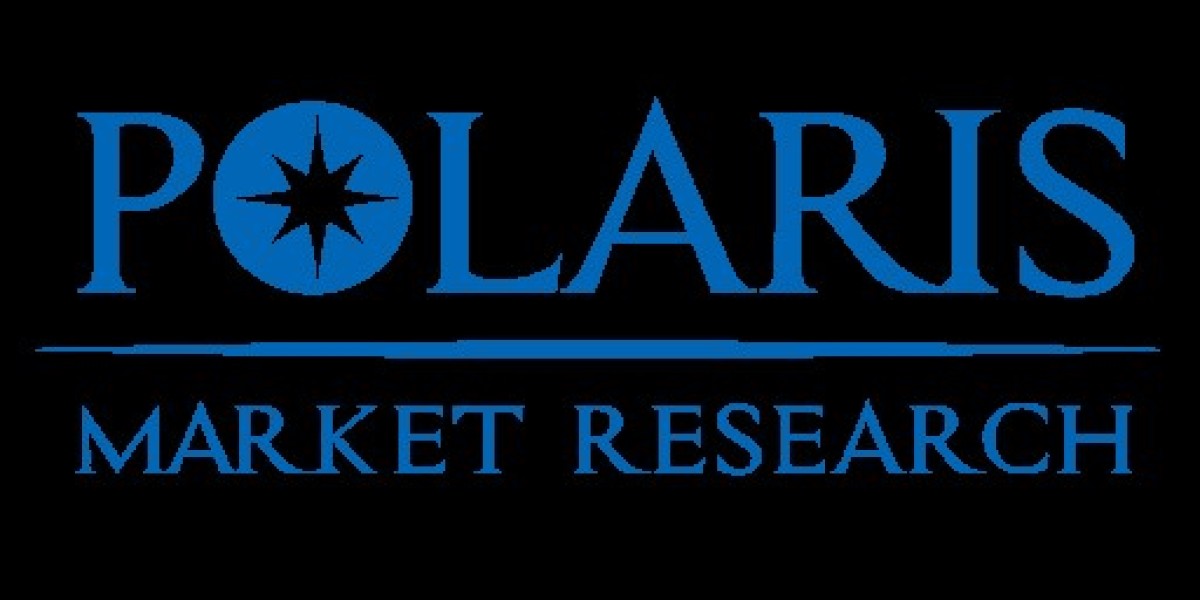The global esoteric testing market, valued at USD 23.94 billion in 2024, is anticipated to grow at a CAGR of 11.4% from 2025 to 2034. This growth is being driven by significant advancements across key market segments—including test type, application, and end-user—each of which is undergoing rapid transformation due to technological innovation, shifting demand patterns, and evolving clinical utility. As the market matures, understanding segment-wise performance becomes essential for investors and stakeholders seeking to identify high-growth areas and competitive differentiators.
Product differentiation is a central theme shaping the competitive landscape, particularly in the context of molecular diagnostics, genetic testing, and immunoassays. Molecular diagnostics, especially next-generation sequencing (NGS) and PCR-based tests, dominate the esoteric testing market due to their high specificity and applicability in oncology, infectious diseases, and rare genetic disorders. The ability of NGS to analyze multiple genes simultaneously has made it a preferred choice for companion diagnostics and personalized treatment planning. Genetic testing, including germline and somatic testing, is gaining traction due to the increasing integration of precision oncology into standard care protocols. Immunoassays, while more traditional, continue to play a vital role in detecting autoimmune markers and endocrine disorders, with newer chemiluminescent and multiplex assays offering improved sensitivity and throughput.
Application-specific growth is another critical driver, with oncology leading the way in terms of volume and revenue contribution. Esoteric tests are increasingly used in cancer diagnosis, prognosis, and treatment monitoring, particularly in non-small cell lung cancer (NSCLC), breast cancer, and hematological malignancies. The rising use of liquid biopsies and circulating tumor DNA (ctDNA) analysis is further enhancing the clinical utility of esoteric testing in oncology. Neurology and infectious diseases are also emerging as high-growth applications, driven by the need for early diagnosis of conditions such as Alzheimer’s disease, Parkinson’s disease, and viral infections like HIV and hepatitis.
End-user segmentation highlights the dominance of reference laboratories, which account for the majority of esoteric testing volumes. These labs benefit from economies of scale, advanced instrumentation, and extensive test menus that cater to both hospitals and physicians’ offices. Hospitals and academic research institutions also play a crucial role, particularly in the development and validation of novel esoteric tests. The rise of point-of-care (POC) testing in certain applications, such as infectious disease screening, is creating new opportunities, though it remains a niche segment due to the complexity of most esoteric assays.
Read More @ https://www.polarismarketresearch.com/industry-analysis/esoteric-testing-market
Segment-wise performance is increasingly influenced by value chain optimization strategies. Companies are focusing on upstream integration—such as in-house development of reagents and assay kits—to reduce dependency on third-party suppliers and improve margins. Automation and digital pathology platforms are also being adopted to streamline laboratory workflows and enhance turnaround times. Moreover, the integration of artificial intelligence (AI) and machine learning into test interpretation is improving diagnostic accuracy and supporting clinical decision-making.
Pricing strategies vary significantly across segments, with genetic and molecular tests commanding premium pricing due to their high development costs and specialized applications. However, increasing competition and the entry of cost-effective players in emerging markets are pressuring prices, particularly in routine genetic screening and infectious disease panels. Companies are responding by introducing tiered pricing models, bundled services, and subscription-based access to genomic databases to maintain profitability while expanding reach.
Innovation remains a key differentiator, with leading firms investing heavily in application-specific growth areas such as tumor mutational burden (TMB) testing, pharmacogenomics, and microbiome analysis. These developments are not only expanding the clinical applications of esoteric testing but also attracting partnerships with biopharma companies for drug development and companion diagnostics.
The competitive landscape is marked by a mix of established diagnostics giants and specialized molecular labs, each leveraging segment-wise performance data to refine their offerings and capture market share.
- Quest Diagnostics Incorporated
- Laboratory Corporation of America Holdings (LabCorp)
- Sonic Healthcare Limited
- Thermo Fisher Scientific Inc.
- Eurofins Scientific SE
- Agilent Technologies, Inc.
- Illumina, Inc.
- Myriad Genetics, Inc.
More Trending Latest Reports By Polaris Market Research:
Ground Support Equipment Market
Bicycle Chain Lubricant Market
Silicone In Electric Vehicles Market









